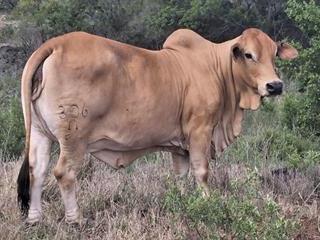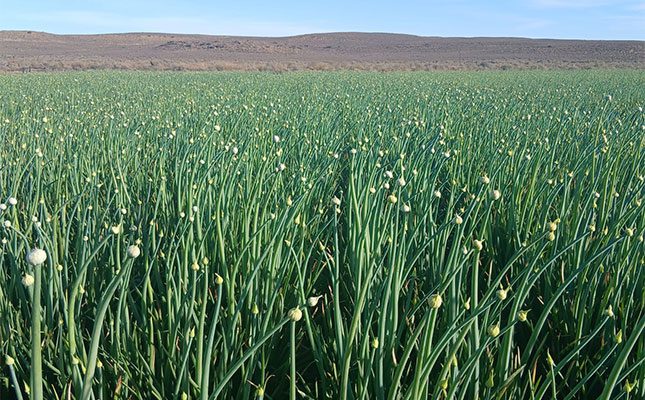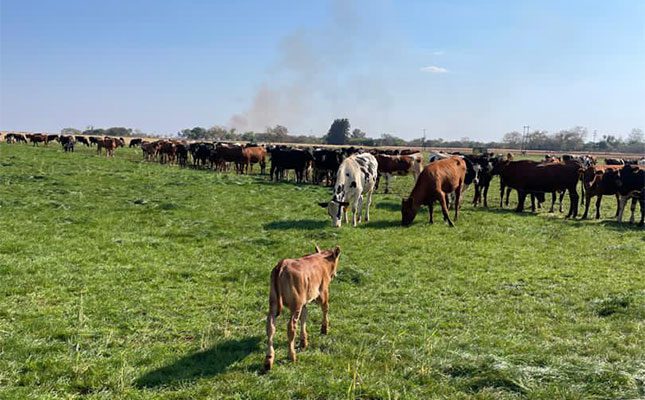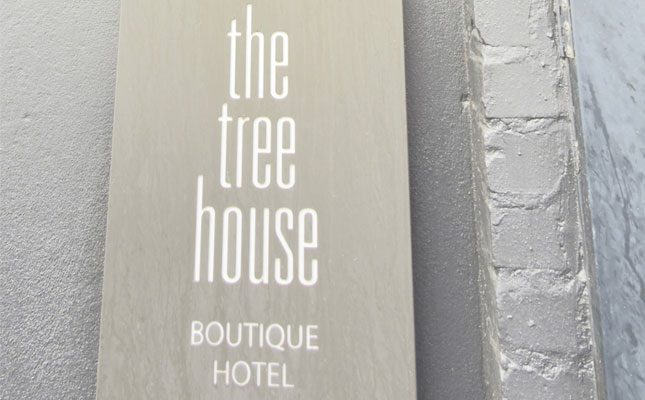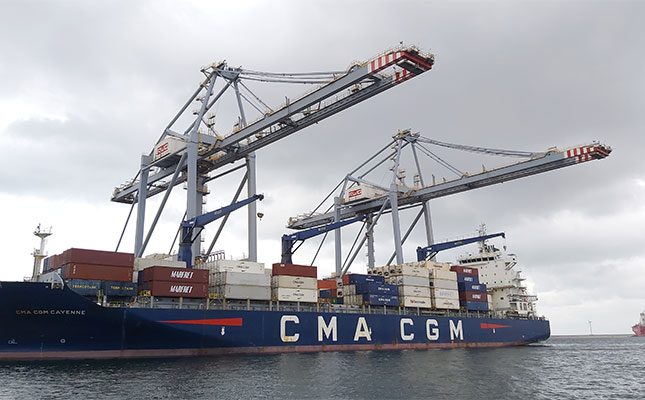The wool market performed well in spite of a stronger currency, with prices strengthening on the back of solid demand from major buying houses.
The overall indicator was up 1,2% at R41,13/kg (clean) which is slightly lower than the seasonal high of R41,90/kg posted in March. ‘’This translates into a 36% rise in the indicator since the start of the season and a 55% increase compared with the same sale last season,” said Ona Viljoen of Cape Wools. “All long Merino fleece wools were dearer, with some micron categories posting increases of up to 5%.” The offering comprised 9 471 bales of which 97% was cleared to the trade. With wool receipts tapering off, the next sale has been scheduled for 30 May. The final sale will take place on 13 June when approximately 9 000 bales will be offered. According to Ken Craig of BKB, the brokers’ market indicator is currently 63% higher than a year ago, while over the same period the rand has depreciated by 10% against the US dollar. “The Merino wool market is being fuelled both by demand and supply shortages. The marked difference between the current surge in wool prices and that of 2001/02 is that prices are now driven mainly by real demand as opposed to artificial or superficial demand resulting from over capacity of early stage processing. “Also the SA market was dictated in the 2001/2002 season by the drastic movements of the rand which, ironically, were in synchronisation with wool price movements. The current situation appears to be far more stable than the previous one, which could mean that the downturn will not be as sudden or severe as it was back then. Certainly there will be a fair amount of substitution, and even divesting. However, the product life cycle of Merino wool can be continually renewed so as to achieve a satisfactory and sustainable level for all role-players,” Craig said. Johan Louw of CMW described competition as very good between local processors as well as grease wool exporters and 99% of the offering was sold. ‘’Prices can still improve up to the end of the season,” he said. Cape Wools stats show average price movements for AWEX-type fleeces MF3, MF4 and MF5 of 70mm and 80mm as follows: there were no quotes for 19 microns; 20 microns were up 4,2% at R61,24/kg; 21 microns gained 1,7% at R57,25kg; 22 microns were 2,3% dearer at R55,74/kg, 23 microns rose 5,4% at R54,91/kg, but there were no quotes for 24 and 25 microns. Major buyers were Stucken (2 611 bales), SA Wool Exporters (2 167 bales), Modiano (1 498 bales), Beier Finances (805 bales) and Chargeurs Wool (726 bales). – Roelof Bezuidenhout


